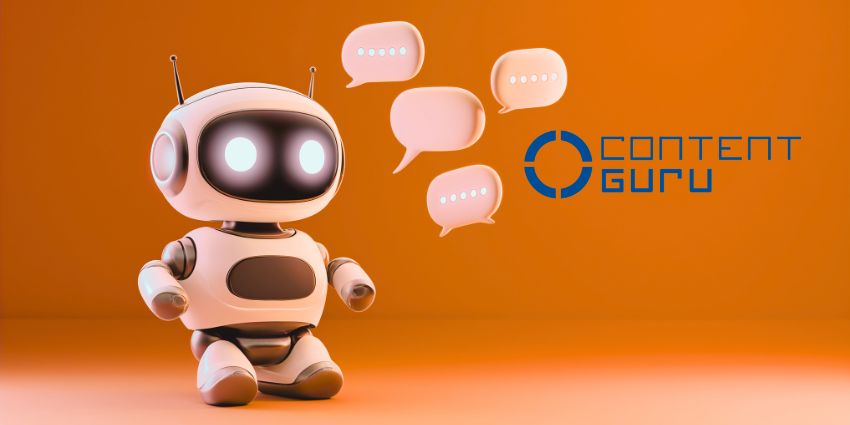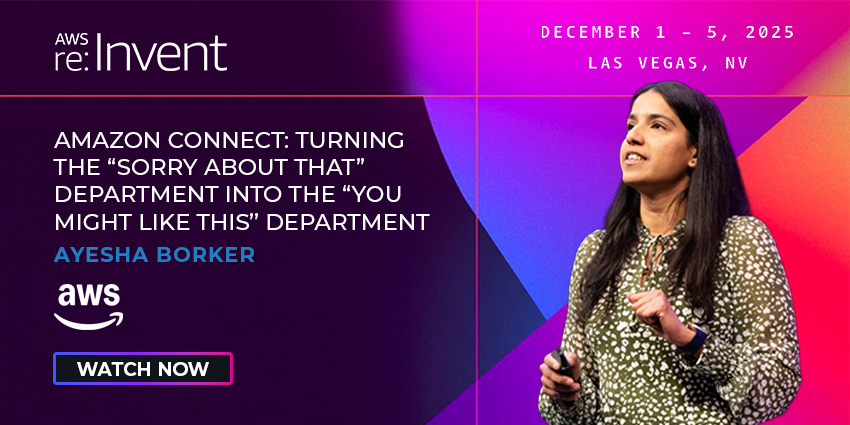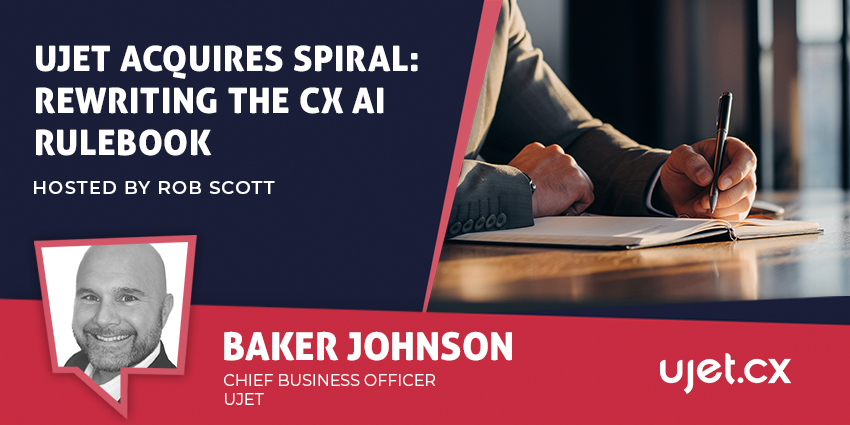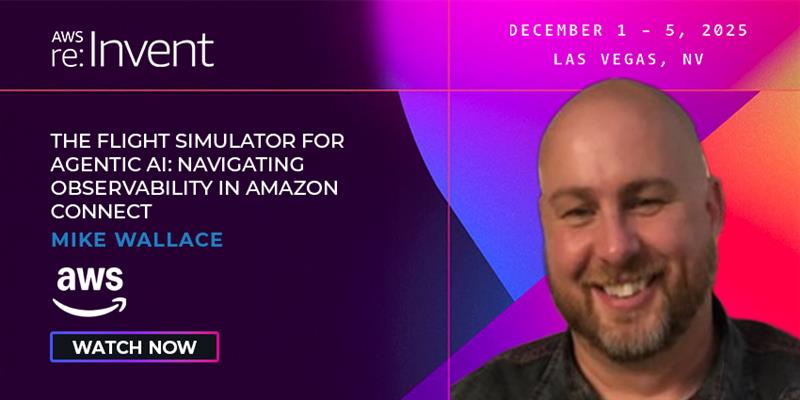AI innovations just keep coming, and they’re impossible to ignore – promising faster service, smarter systems, and a projected $4.4 trillion boost in corporate productivity. But despite the hype, most companies are still figuring out what AI looks like in practice. According to McKinsey, while 92% of organizations plan to invest in AI within the next three years, only 1% have scaled their efforts so far, with 43% still in the pilot stage. Gartner echoes that reality, predicting over 30% of generative AI projects will be abandoned after proof of concept.
Martin Taylor, Co-Founder and Deputy CEO Content Guru, compares today’s AI landscape to the early days of the Industrial Revolution. “Let’s say we’re at about 1750, not 1900,” he says. “While we’re seeing sparks of transformation, we’re only in the foothills of that AI mountain range.”
At this stage, Taylor argues, businesses need a flexible, orchestration-led approach. “One size doesn’t fit all,” he stresses, noting that Content Guru remains vendor-agnostic, focused on blending the best tools for each use case.
“Horizon scanning of the evolving vendor landscape is a critical part of the value CX providers bring,” he adds.
Ultimately, it’s not about the AI itself – it’s about helping businesses deliver smarter, more competitive customer experiences. So, what does that look like in practice? Let’s take a quick look at how Content Guru is putting this into action with some of their customers.
Driving Forward: DVLA and AI Orchestration
A standout example of AI orchestration in action is Content Guru’s three-year transformation of the UK’s Driver and Vehicle Licensing Agency (DVLA), equivalent of the DMV, and one of the government’s largest customer-facing bodies. Through intelligent automation and AI-powered contact operations across voice, chatbot, and digital channels, DVLA became the most improved part of government for CX, according to an independent survey.
Midway through the program, Content Guru proactively replaced the DVLA’s natural language processing engine, driving further improvements beyond what the client had originally envisaged.
“We’d already improved their CSAT score significantly,” Taylor shares, “but we noticed a better engine had emerged, so we made the change.”
For Taylor, it’s proof of the iterative nature of AI deployment:
“At the start of printing, the machine makers were also the publishers – but then a new class of publishers emerged,” he notes. “It’s the same now: the presumption is that LLM makers will dominate the industry, but history tells us otherwise.”
The future, he says, requires trusted CX guides – not just tools.
Fast-Tracking Employment: The DWP’s Restart Program
Content Guru partnered with the UK’s Department for Work and Pensions to overhaul its Restart program, which supports unemployed individuals in finding work. Previously, the process of building a CV with a job coach involved lengthy back-and-forth. Now, AI generates a resume instantly from a single interview, allowing candidates to start being matched with positions on the spot.
“That’s taken weeks out of the process,” says Taylor, “and those weeks matter when someone’s relying on UK unemployment benefit.”
Beyond the improvement for service users, job coaches also report a major quality-of-life upgrade. With AI handling admin, they can focus on having richer, more natural conversations.
“It’s entirely transformed their job satisfaction,” he shares.
Breaking Language Barriers with a Multi-Engine Approach
While real-time AI-powered translation shows lots of promise, doing it at scale across multiple languages remains a challenge. Content Guru, however, is already tackling it: in their ongoing work with government customers, they build multi-engine environments tailored to diverse linguistic needs.
“Usually, no single language dominates more than 15% of user interactions,” Taylor says.
“We’re dealing with eight to nine core languages, sometimes with major dialect differences, and many are still poorly supported by mainstream AI engines.”
Rather than rely on a single model, Content Guru matches the right engines to the right tasks. While human translation still plays a role, AI is gradually helping to bridge the gap – especially for speakers of underserved languages.
“Ironically, it’s the people least supported by tech who need these services most,” he adds.
Staying Ahead in the AI Race
“Having the omni-data, the various channels of communication gathered together in an already-optimized environment, makes the CX industry the ideal place to deploy AI,” Taylor concludes.
“I think we should be proud to be in the vanguard of that change, many years ahead of other fields.”
As AI continues to evolve rapidly, providers like Content Guru help businesses identify and implement the best engines to meet their goals, with the flexibility to adapt as technology, business needs, or regulations shift.
To learn more about Content Guru’s CX solutions, visit their website.







